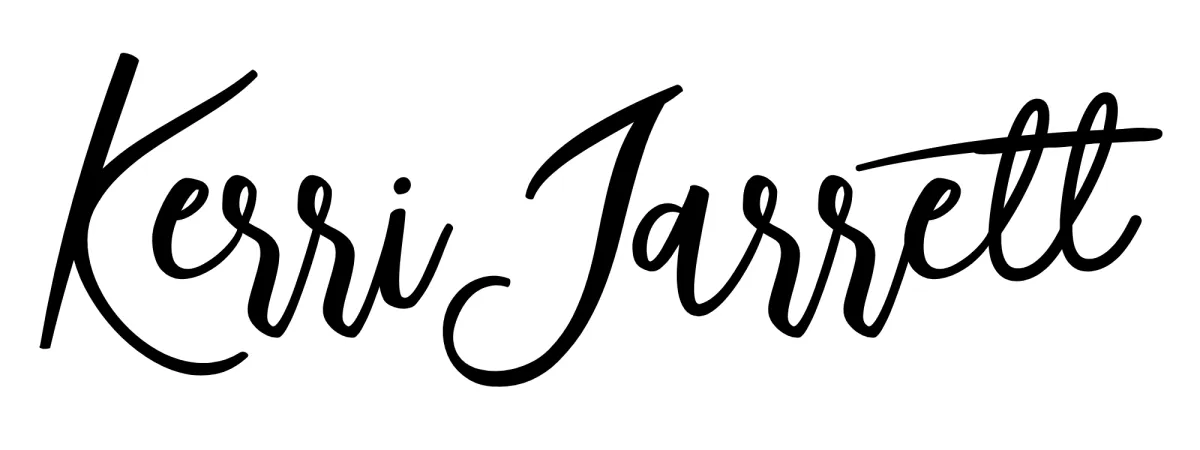THE ART OF INTENTION
Jewelry, Insights & More
Explore my handcrafted jewelry designed to inspire intention and self-awareness, serving as a meaningful reminder of your journey.
Looking for more? Follow me for ongoing insights into self-awareness, intention setting, and the mind-body-spirit connection, and join me for events and practices that support personal growth.
Why I Create Jewelry with Intention
Jewelry-making has always been more than a craft for me—it’s a way to process, focus, and ground my energy. With ADHD and Dyslexia, I’ve found that working with my hands helps me retain information, stay present, and deeply absorb what I’m learning. My creative process isn’t just about design—it’s about intention, clarity, and channeling energy into something meaningful.








The Science & Energy of Jewelry
Focus & Creativity: Jewelry-making activates both sides of the brain—allowing me to process research and deepen my retention while staying engaged.
Energy & Intention: The stones and symbols I use are chosen with care, based on their energetic properties and alignment with intention-setting.
Tactile Learning & Mindfulness: For those of us who thrive with hands-on engagement, jewelry isn’t just an adornment—it’s a powerful tool for focus and awareness.

Shop My Intentional Jewelry
Every piece I create carries meaning. If you’re looking for jewelry that is not just beautiful, but also helps you align with your intentions and focus, check out my latest collections.
👉 Shop Shop SENTIMENTAL GEMS
The Art of Expression: Blogging, Vlogging & Storytelling
Beyond creating jewelry, I have a deep passion for writing, blogging, and vlogging—sharing insights on the topics that inspire me most. From intention setting and self-awareness to business, creativity, and holistic well-being, my content is a reflection of the experiences, knowledge, and perspectives I’ve gathered along the way.
Whether through words or video, I love exploring big ideas, sparking meaningful conversations, and offering new ways to see the world.
📖 Read the latest on my blog
🎥 Watch my vlogs for deeper insights
Follow along and join the journey!

Trichotilmania
Trichotillomania, also known as hair-pulling disorder, is a mental health condition characterized by the recurrent and irresistible urge to pull out one’s own hair. This hair-pulling can occur from any part of the body, but most commonly affects the scalp, eyelashes, eyebrows, and pubic area.
Symptoms of trichotillomania can include noticeable hair loss, bald patches, and a sense of tension or anxiety before and during hair-pulling episodes. Many individuals with trichotillomania also engage in behaviors such as biting, chewing, or swallowing the hair they pull out, which can lead to additional health complications such as intestinal blockages or infections.
Trichotillomania is classified as an obsessive-compulsive disorder (OCD) related disorder, and is estimated to affect approximately 1-3% of the population. The condition can develop at any age, but most commonly starts in childhood or adolescence. It is more common in females than males.
The exact cause of trichotillomania is not known, but it is thought to be related to a combination of genetic, biochemical, and psychological factors. Individuals with trichotillomania may have a family history of the condition, and may also have co-occurring mental health conditions such as anxiety or depression.
Treatment for trichotillomania typically involves a combination of therapy and medication. Cognitive-behavioral therapy (CBT) is the most widely used therapy for trichotillomania, and can help individuals learn to recognize and manage the triggers and urges associated with hair-pulling. Medications such as selective serotonin reuptake inhibitors (SSRIs) may also be prescribed to help reduce symptoms of anxiety and depression.
It is important to seek help from a qualified mental health professional if you or someone you know is struggling with trichotillomania. While the condition can be difficult to overcome, with the right treatment and support, individuals with trichotillomania can learn to manage their symptoms and improve their overall quality of life.
It is worth noting that trichotillomania is a chronic condition, and relapses are possible even after successful treatment. It’s important for individuals with trichotillomania and their loved ones to be patient and understanding, and to continue to work with a mental health professional to manage symptoms over time.
Trichotillomania can present in a variety of forms, each with their unique characteristics. Here are a few examples:
Scalp hair pulling: This is the most common form of trichotillomania, and involves pulling out hair from the scalp. This can result in noticeable hair loss and bald patches on the scalp.
Eyelash and eyebrow pulling: This form of trichotillomania involves pulling out hair from the eyelashes and eyebrows. This can result in thinning or complete loss of eyelashes and eyebrows.
Body hair pulling: In this form of trichotillomania, individuals pull out hair from various parts of the body such as the legs, arms, beard, chest and pubic area.
Trichophagia: This is the practice of eating or swallowing the hair that is pulled out. This can lead to intestinal blockages or infections and can be dangerous if not treated.
Dermatillomania: This is a condition characterized by compulsive skin picking, which can be associated with trichotillomania. Individuals with dermatillomania will pick at their skin until it bleeds or creates an open sore.
Nail biting: Some individuals with trichotillomania may also engage in the compulsive habit of biting their nails.
It’s important to note that these forms of trichotillomania can co-occur, and some individuals may experience more than one form of the condition. A qualified mental health professional can help determine the specific form or forms of trichotillomania that an individual is experiencing and develop an appropriate treatment plan.
Trichotillomania and Stress
Trichotillomania is often associated with stress, as individuals with the condition may experience an increase in hair-pulling during times of stress. Stress can also exacerbate the symptoms of trichotillomania and make it more difficult to manage the condition. Stressful situations, such as a job loss or relationship problems, can trigger an increase in hair-pulling behavior, making it difficult for individuals with trichotillomania to break the cycle of hair-pulling. Furthermore, the physical and emotional effects of trichotillomania can contribute to increased stress levels, creating a vicious cycle. To manage trichotillomania, it’s important to learn how to identify and manage stressors, as well as to develop coping mechanisms to help reduce stress levels. This can include practices such as mindfulness, meditation, exercise and therapy.
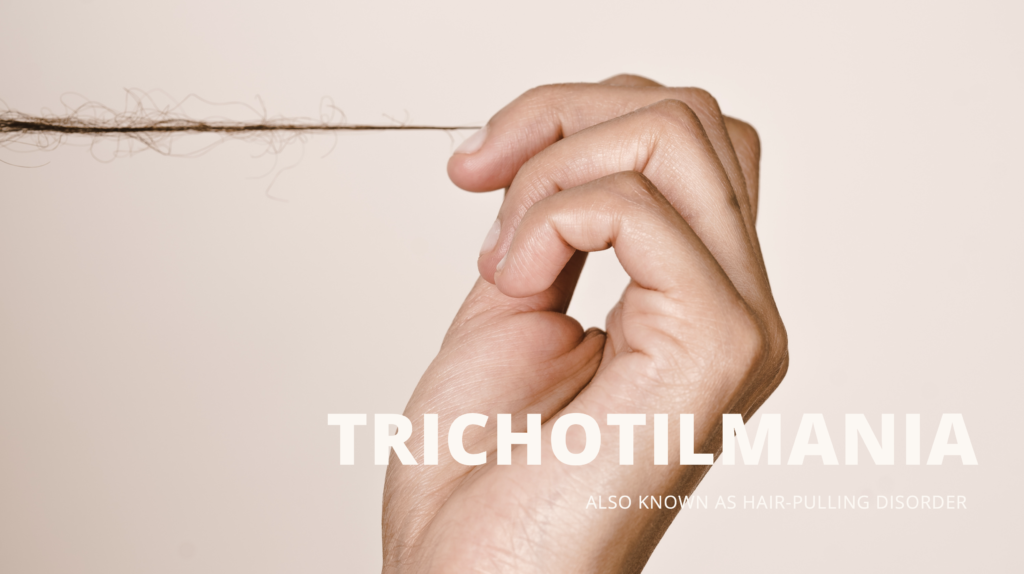
Want to See More? Let’s Connect!
My work goes beyond just jewelry and hair—I love exploring the connections between intention, creativity, and personal transformation. On my social platforms, I share insights into epigenetics, lifestyle, self-awareness, and how the energy we cultivate influences our daily lives. I also take you behind the scenes of my jewelry-making, hair artistry, and the creative process that fuels it all. Follow along for:
🔹 Epigenetics & Lifestyle
How our environment, mindset, and choices shape our well-being.
🔹 The Creative Process
Behind-the-scenes looks at my jewelry-making and design work.
🔹 Hair & Energy Work
The artistry of hair and how beauty connects to self-expression.
🔹 Intention & Self-Awareness
Setting purposeful goals and aligning with what truly matters.

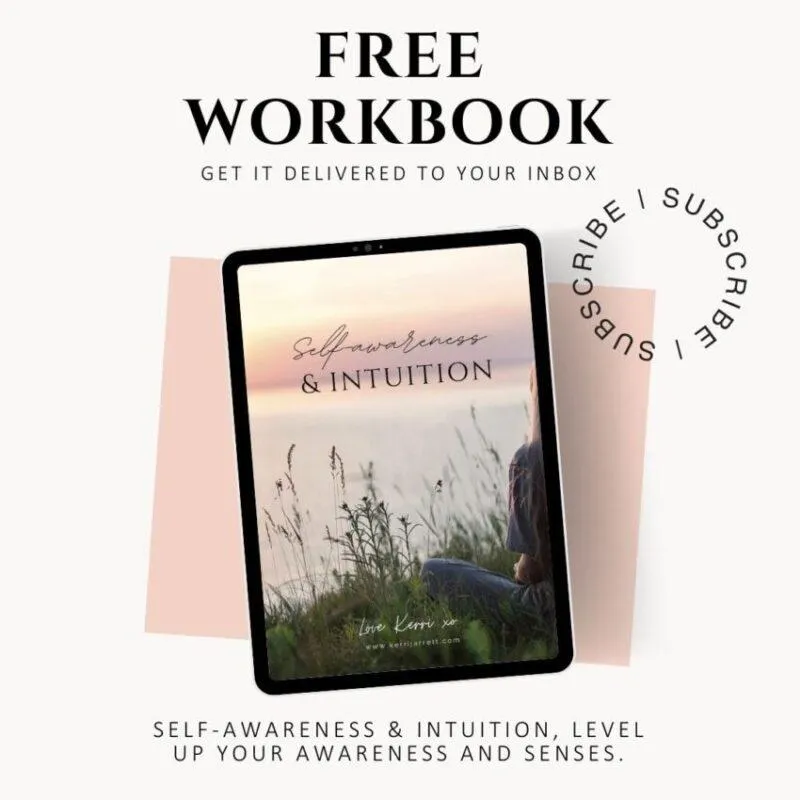
Ready to Dive Deeper?
The Art of Intention: Aligning Science, Self-Awareness & Choice
The most important relationship you will ever have is the one with yourself. It shapes your decisions, your well-being, and even your genetic expression. The way you navigate life—your thoughts, habits, and actions—creates ripple effects that extend far beyond the present moment.
Through epigenetics , we see that intention isn’t just a mindset—it’s a powerful influence on your well-being. Your thoughts, habits, and environment shape your health and future at a cellular level. Here, you’ll find practical tools and insights to deepen self-awareness, create balance, and align with the life you’re meant to lead.
DISCLAIMER
I believe in transparency on the web and so we are disclosing that we’ve included certain products and links on this site that we recommend and use ourselves; that do earn an affiliate commission for any purchases you may make. We are independent and the opinions expressed here are our own. By taking any advice from this website you are agreeing to the following terms out lined on the following link: Disclaimer.
MY SUPERPOWER
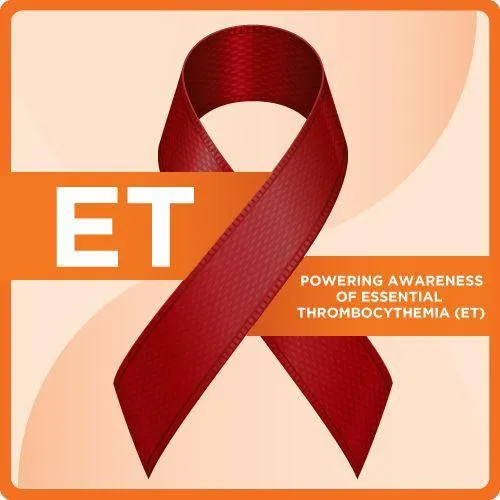
Chronic illness does not define me; it empowers me.
- Kerri
COMPANY
FOLLOW @kerrijarrett
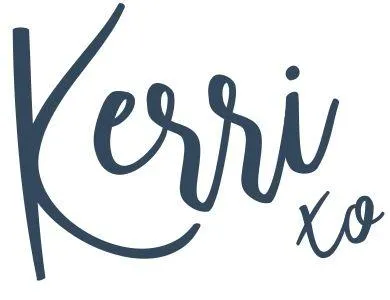
© 2025 Kerri Jarrett. All Rights Reserved.
